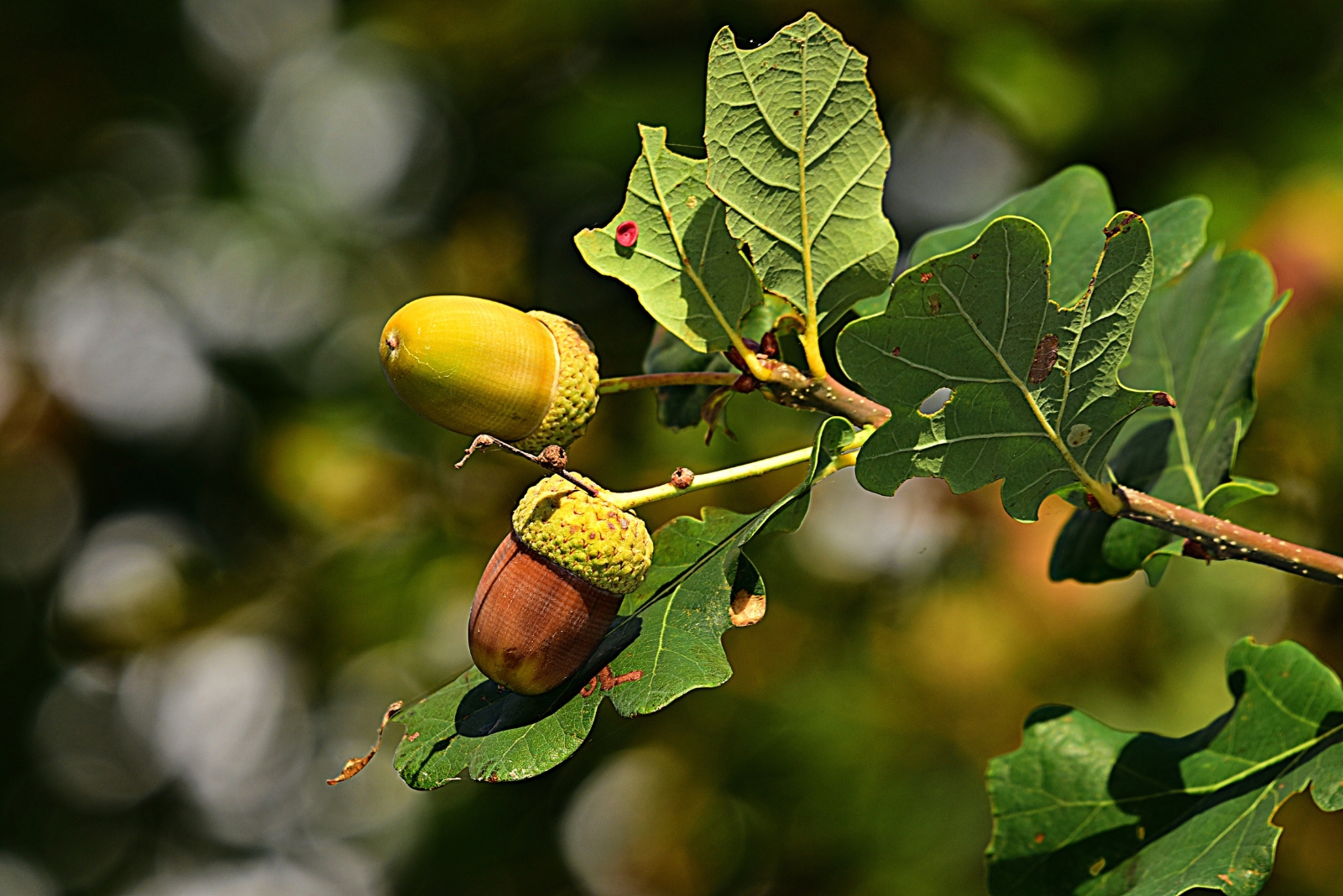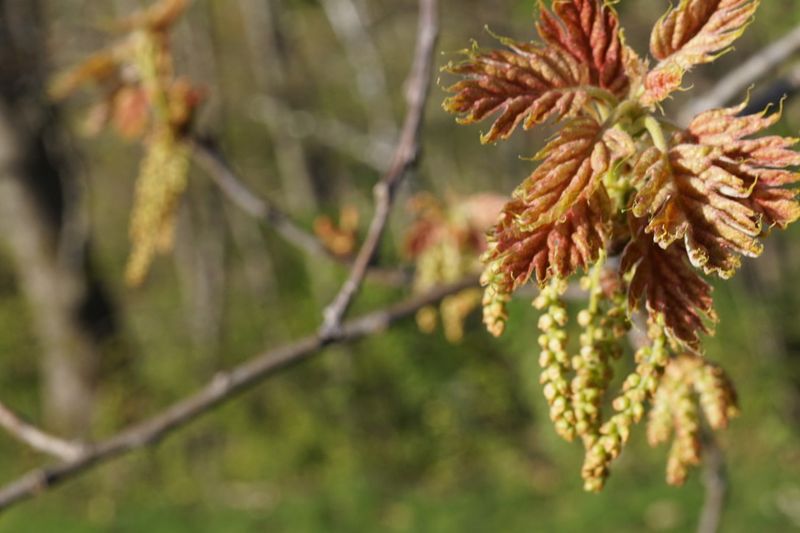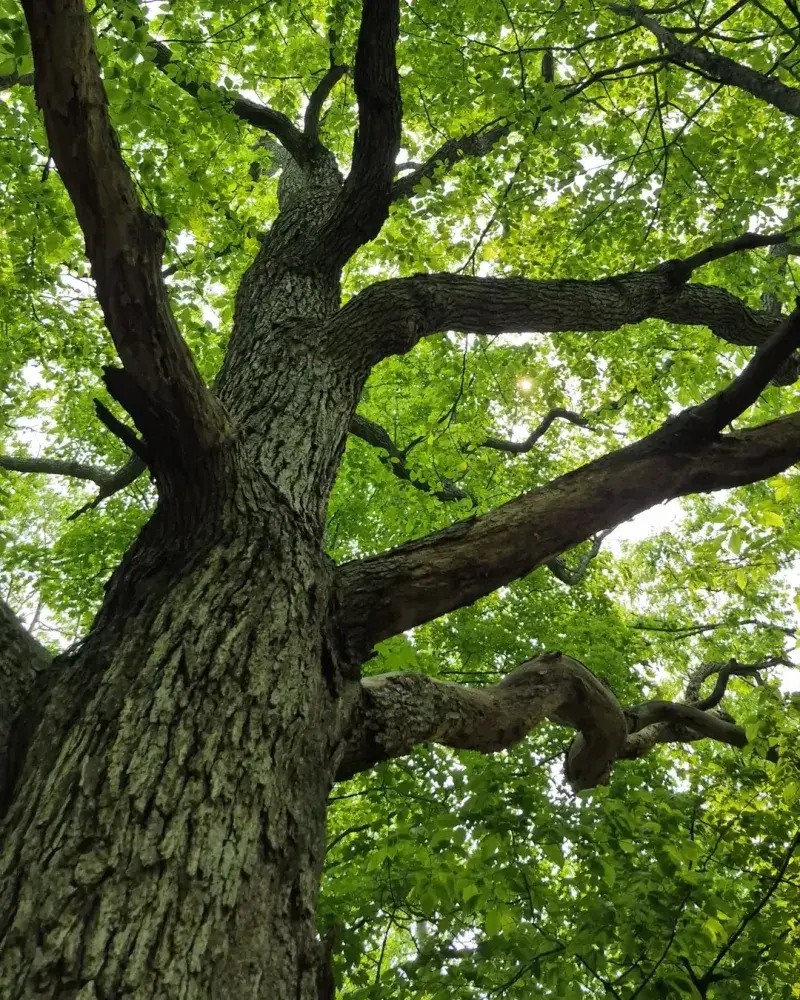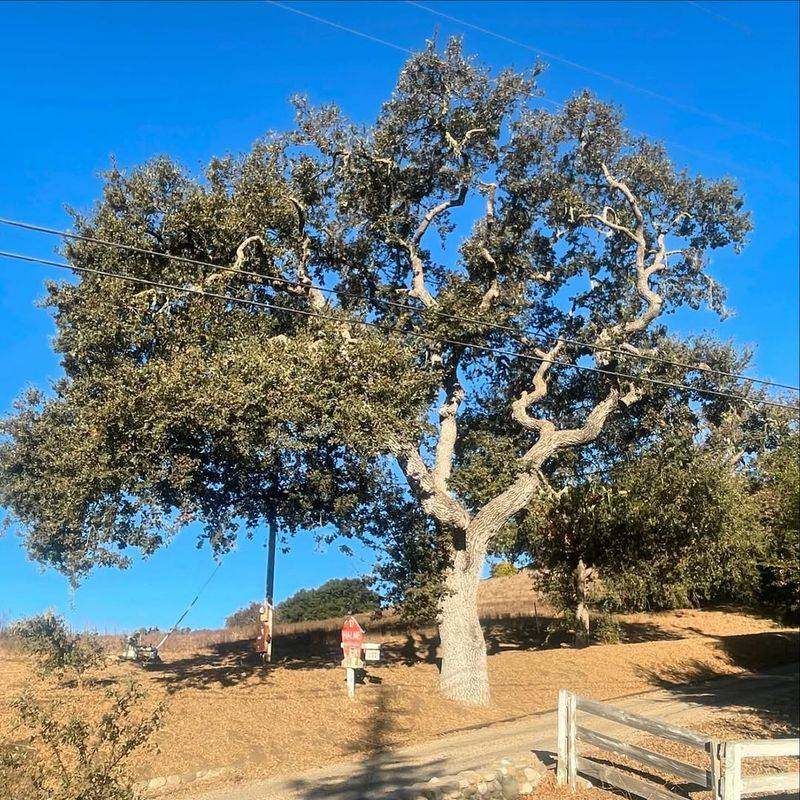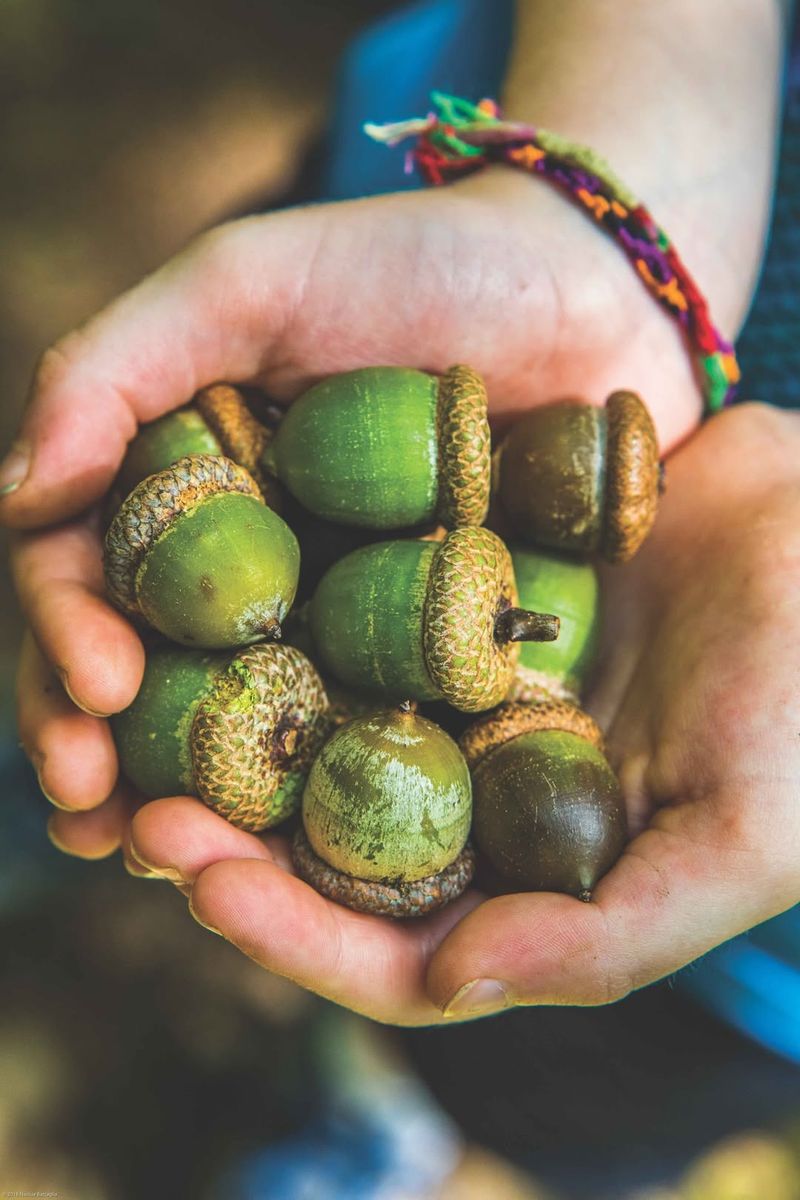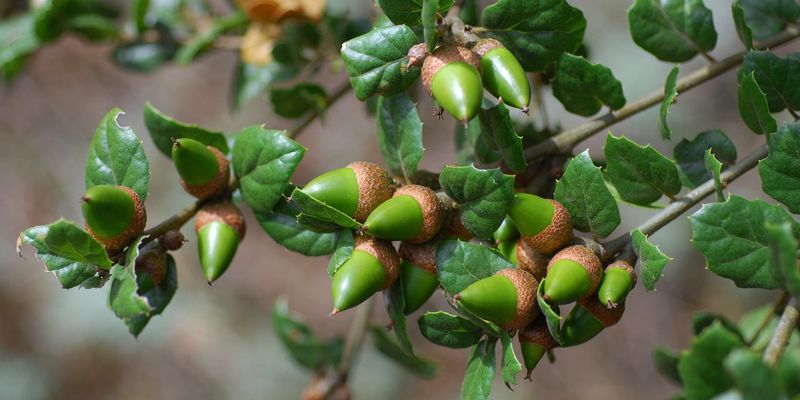If it feels like acorns are falling faster than you can sweep them, you’re not imagining things. Georgia’s oaks have been working overtime, and the results are rolling across lawns like runaway marbles.
It’s one of those seasons where the trees have something to say — and they’re saying it loudly.
1. Mast Year Phenomenon
Oak trees don’t produce the same amount of acorns every year. Instead, they go through cycles called mast years, where they create huge amounts of nuts all at once.
Scientists believe this happens every two to five years as a survival strategy. When trees produce massive quantities together, it overwhelms animals that eat acorns, ensuring some nuts survive to grow into new trees.
Georgia is experiencing one of these special mast years right now.
2. Perfect Weather Conditions Last Spring
Last spring brought exactly what oak trees needed to make tons of acorns. Warm temperatures arrived at just the right time, helping oak flowers pollinate successfully.
Rain fell in perfect amounts too, not too much and not too little. When weather cooperates during the critical pollination period in March and April, oak trees can produce record-breaking acorn crops.
Mother Nature gave Georgia oaks a green light for maximum production.
3. Mild Winter Boosted Tree Energy
Georgia experienced a relatively mild winter before this year’s acorn boom. When winters aren’t harsh, oak trees don’t have to use as much energy just surviving the cold months.
Trees store extra energy in their roots and trunks, like a battery saving power. That saved energy becomes available for producing more acorns when growing season arrives.
Think of it as trees having more fuel in their tank to make nuts.
4. Abundant Summer Rainfall
Summer rains played a huge role in this year’s acorn explosion. Oak trees need plenty of water during summer months while acorns are developing and growing larger.
Georgia received consistent rainfall throughout the summer, giving trees the moisture they needed. Drought years typically result in fewer, smaller acorns because trees can’t support big crops without water.
Adequate hydration meant oaks could nurture every acorn to maturity this season.
5. Healthy Oak Tree Population
Georgia’s oak trees are generally in excellent health right now. Mature, healthy trees produce far more acorns than young or stressed trees.
Forest management practices and reduced pest problems have helped oak populations thrive across the state. When individual trees feel strong and unstressed, they channel resources into reproduction, meaning more acorns.
A robust tree community leads to impressive nut production across entire regions, creating the abundance we’re witnessing today.
6. Synchronized Production Among Oak Species
Georgia hosts many oak species, including white oaks, red oaks, and water oaks. Interestingly, different species sometimes synchronize their mast years, all producing huge crops simultaneously.
When multiple oak types produce together, the combined effect creates an overwhelming acorn avalanche. Scientists aren’t completely sure why synchronization happens, but it might involve weather patterns or chemical signals between trees.
This year, several species joined forces to blanket Georgia in nuts.
7. Climate Patterns Favoring Acorn Development
Broader climate patterns influenced this year’s bumper crop too. Temperature fluctuations throughout the year hit sweet spots for acorn development at each growth stage.
Cool nights combined with warm days during critical periods helped acorns mature properly. Additionally, the absence of late spring frosts protected delicate oak flowers from damage.
Climate conditions aligned perfectly, creating an ideal environment for oaks to achieve maximum acorn output across Georgia’s diverse landscapes.

